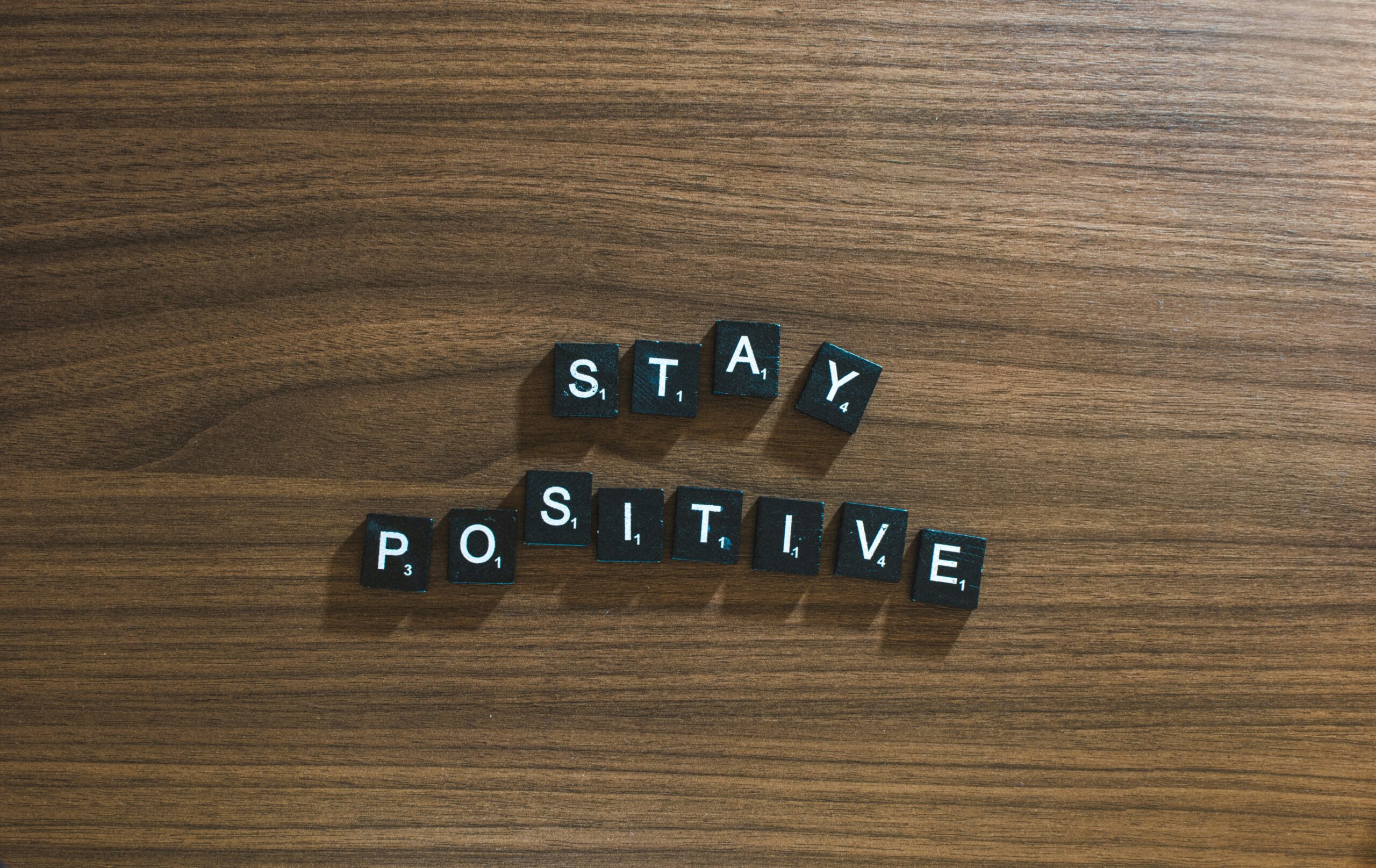“Ever felt like your to-do list is longer than a CVS receipt, and your stress levels are skyrocketing faster than your caffeine intake? You’re not alone.” In today’s fast-paced world, stress is practically a professional sport. The good news? Coping strategies powered by modern technology—like stress management apps—are here to save the day (and your sanity).
In this post, we’ll explore how these apps can help you take back control of your mental wellness. By the end, you’ll have actionable steps, tips, and real-world examples for incorporating coping strategies into your daily routine.
Table of Contents
- Key Takeaways
- The Stress Pandemic: Why Coping Strategies Matter
- Step-by-Step Guide to Using Stress Management Apps
- Best Practices for Maximizing App Effectiveness
- Success Stories: Real People, Real Results
- Frequently Asked Questions About Stress Management Apps
Key Takeaways
- Stress management apps provide easy access to science-backed coping strategies for mental wellness.
- Effective use requires consistent engagement and personalization to match individual needs.
- The right app can transform overwhelm into calm with features like mindfulness exercises, guided meditations, and mood tracking.
The Stress Pandemic: Why Coping Strategies Matter
Let me confess something embarrassing: I once tried to “unwind” after work by scrolling TikTok… for three hours. Yeah, that didn’t exactly scream “healthy coping mechanism.” It turns out, most of us are guilty of bad habits when it comes to managing stress. According to the American Institute of Stress, over 77% of people experience physical symptoms caused by stress. Yikes.
So why do coping strategies matter so much? Simply put, unchecked stress wreaks havoc on both body and mind. From sleepless nights to cranky mornings, the effects trickle down into every area of life. Enter stress management apps—a digital lifeline designed to guide you toward healthier ways of dealing with overwhelm.

Image: A visual breakdown of how stress impacts our lives.
“Optimist You:” “These apps are going to change everything!”
Grumpy You: “Change everything?! Just don’t forget the coffee…” Because even the best coping strategy won’t work without fuel.
Step-by-Step Guide to Using Stress Management Apps
Step 1: Assess Your Needs
Before downloading an app, ask yourself: What’s stressing me out the most? Is it work deadlines, relationship drama, or just general life chaos? Once you identify the root cause, picking the right app becomes easier. For example, if anxiety keeps you up at night, look for apps specializing in sleep aids like Calm or Headspace.
Step 2: Choose an App That Fits Your Personality
Not all stress management apps are created equal. If you love gamification, try Habitica—it turns self-care into quests and rewards. If you prefer simplicity, Insight Timer offers straightforward meditation timers and courses. Find what feels intuitive for YOU.
Step 3: Commit to Consistency
No app will magically zap away your stress overnight. Like brushing your teeth or taking vitamins, using these tools consistently is key. Set reminders, schedule sessions, or pair them with existing routines (like morning coffee).

Image: Screenshot of a stress management app interface showcasing its core features.
Pro Tip:
Mix it up! Using multiple apps can keep things fresh. One day might be yoga flows via Down Dog; another could involve journaling prompts from Daylio.
Best Practices for Maximizing App Effectiveness
Tip #1: Combine Digital Tools with Physical Actions
While apps are awesome, they shouldn’t replace real-world activities. Pair guided breathing exercises with a walk in nature. Download a gratitude app but also write handwritten notes to loved ones. Blending tech with tangible action amplifies results.
Tip #2: Customize Features
Most apps allow customization based on user preferences. Adjust notification frequencies, choose specific themes (relaxation vs. productivity), and set goals tailored to YOUR lifestyle. Personalization boosts sticking power.
(Terrible) Tip #3: Ignore Updates and New Features
This is terrible advice—but worth calling out because many users fall into this trap. Always update your apps! Developers regularly roll out improvements, bug fixes, and new content that enhance functionality.
Success Stories: Real People, Real Results
Case Study 1: Sarah’s Sleep Transformation
Sarah, a busy mom of two, struggled with insomnia for years. She started using Calm and stuck to its bedtime stories feature nightly. Six months later, she reported falling asleep 40% faster and waking up less groggy. Now she swears by her “bedtime buddy,” as she calls the app.
Case Study 2: Mark’s Mindfulness Journey
A corporate lawyer drowning in deadlines, Mark turned to Shine for daily affirmations and quick meditations during lunch breaks. After six weeks, he noticed fewer panic attacks and improved focus at work. Bonus? His team said he seemed “nicer.” 😂

Image: Infographic highlighting user experiences with popular apps.
Frequently Asked Questions About Stress Management Apps
Do These Apps Actually Work?
Yes—if used correctly. Think of them as training wheels for building better mental health habits. They won’t cure chronic issues alone but serve as powerful tools in your toolkit.
Are Free Versions Worth It?
Absolutely. While premium plans offer extras, free versions often include enough features to get started. Try before committing financially!
Can Kids Use Them Too?
Some apps cater specifically to younger audiences (e.g., Smiling Mind). Always check age recommendations and parental controls first.
Conclusion
Gone are the days of battling stress solo. With cutting-edge coping strategies delivered straight to your phone, stress management has never been more accessible—or effective. Remember, consistency + customization = success. So grab your app, pour yourself some coffee, and let’s crush that stress together.
And now, a little haiku to leave you inspired:
Breathe in, breathe out slow, Stress melts like snow in springtime, Peace blooms where doubt grew.


